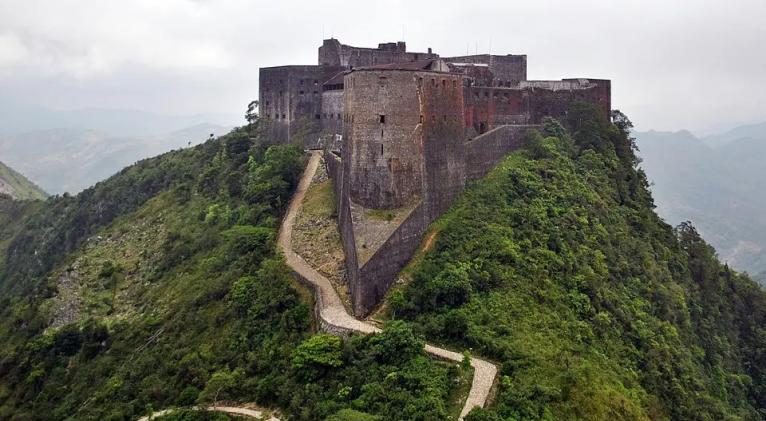The Citadelle Laferrière: A Symbol of Freedom and Strength in Haiti
especiales

At nearly 900 meters above sea level, atop Bonnet à l’Évêque mountain, stands the imposing Citadelle Laferrière, considered the largest fortress in the Americas.
This massive stone structure, built between 1805 and 1820 by order of Henri Christophe — a hero of Haitian independence and self-proclaimed king — was designed to defend the newly freed nation from possible French reconquest.
Covering around 10,000 square meters, the citadel’s towering walls reach up to 40 meters high. Inside, it could house 5,000 soldiers, along with food, water, and weaponry for long-term resistance. Many of its cannons were seized from European colonial forces. Constructed using traditional techniques, including a mixture of quicklime, molasses, and animal blood, the fortress is a testament to ingenuity and resilience.
Beyond its military function, the citadel embodies the indomitable spirit of the Haitian people. Its construction was a bold act of sovereignty, and its enduring presence serves as a powerful historical symbol of resistance.
In 1982, UNESCO declared the Citadelle Laferrière a World Heritage Site, along with the Sans-Souci Palace and the Ramiers buildings, forming part of the National History Park. Today, the citadel stands as one of Haiti’s premier tourist destinations. Visitors can reach it from the town of Milot, either on foot or horseback, along a winding mountain trail.
From its summit, on clear days, one can see all the way to the Atlantic Ocean, a reminder that this fortress is a beacon of liberty for a nation that rose against slavery and colonialism.














Add new comment